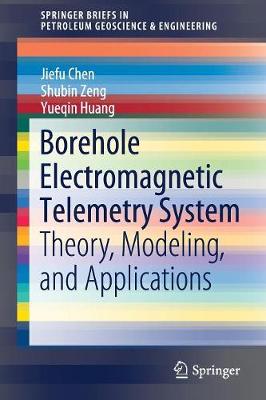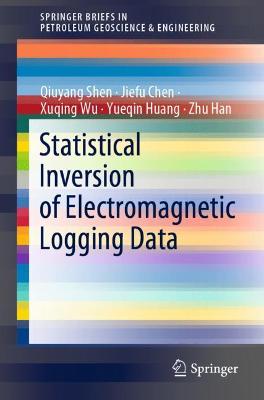SpringerBriefs in Petroleum Geoscience & Engineering
2 total works
Borehole Electromagnetic Telemetry System
by Jiefu Chen, Shubin Zeng, and Yueqin Huang
This book explains the theory, numerical modeling, and applications of a borehole electromagnetic telemetry system used for wireless communication between the downhole tool and the surface control center during oilfield drilling.
The authors begin by introducing borehole electromagnetic telemetry and explaining each part of the system with schematics and illustrations. They describe the working principle and compare it with other borehole wireless communication methods, such as mud pulse telemetry.
They then address 2D and 3D electromagnetic telemetry modelling, listing previous 2D and 3D modeling methods and detailing the advantages and limitations, before discussing their recent work on a novel layered finite element method for 2D electromagnetic telemetry modelling, and on 3D electromagnetic modelling based on integral equation, thin wire kernel, and layered medium Green's functions.
Lastly, the authors show applications of electromagnetic telemetry, including single well borehole wireless communication and cross well communication in pad drilling. This includes photos, figures, and field data from real oilfield jobs.
This book is a useful reference for drilling engineers, well logging tool research and development scientists and researchers, as well as for students in the areas of petroleum engineering and electrical engineering.
Statistical Inversion of Electromagnetic Logging Data
by Qiuyang Shen, Jiefu Chen, Xuqing Wu, Yueqin Huang, and Zhu Han
This book presents a comprehensive introduction to well logging and the inverse problem. It explores challenges such as conventional data processing methods' inability to handle local minima issues, and presents the explanations in an easy-to-follow way.
The book describes statistical data interpretation by introducing the fundamentals behind the approach, as well as a range of sampling methods. In each chapter, a specific method is comprehensively introduced, together with representative examples.
The book begins with basic information on well logging and logging while drilling, as well as a definition of the inverse problem. It then moves on to discuss the fundamentals of statistical inverse methods, Bayesian inference, and a new sampling method that can be used to supplement it, the hybrid Monte Carlo method. The book then addresses a specific problem in the inversion of downhole logging data, and the interpretation of earth model complexity, before concluding with a meta-technique called the tempering method, which serves as a supplement to statistical sampling methods.Given its scope, the book offers a valuable reference guide for drilling engineers, well logging tool physicists, and geoscientists, as well as students in the areas of petroleum engineering and electrical engineering.

